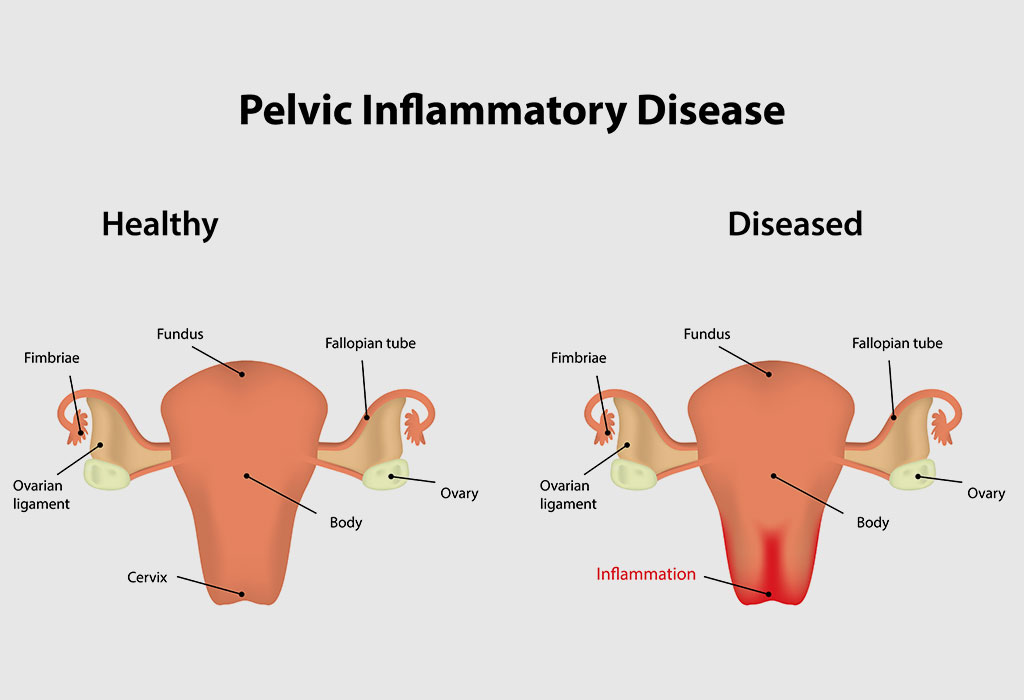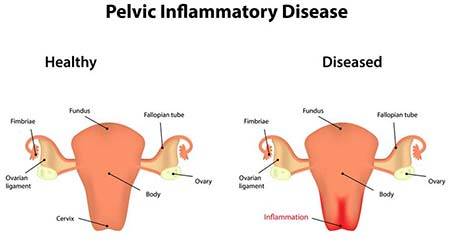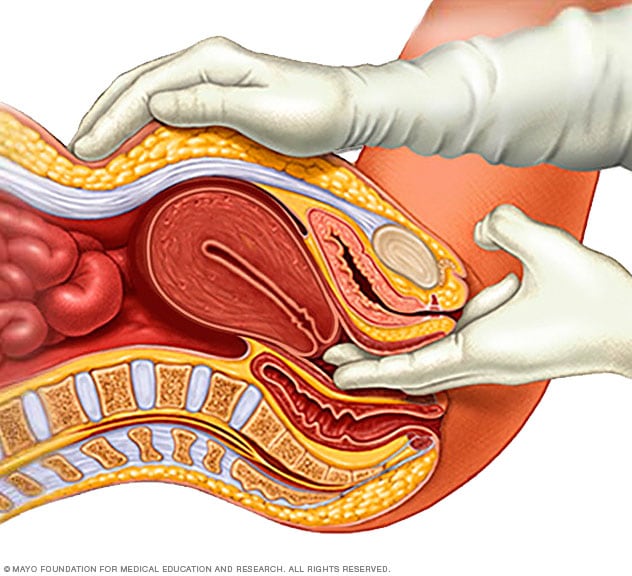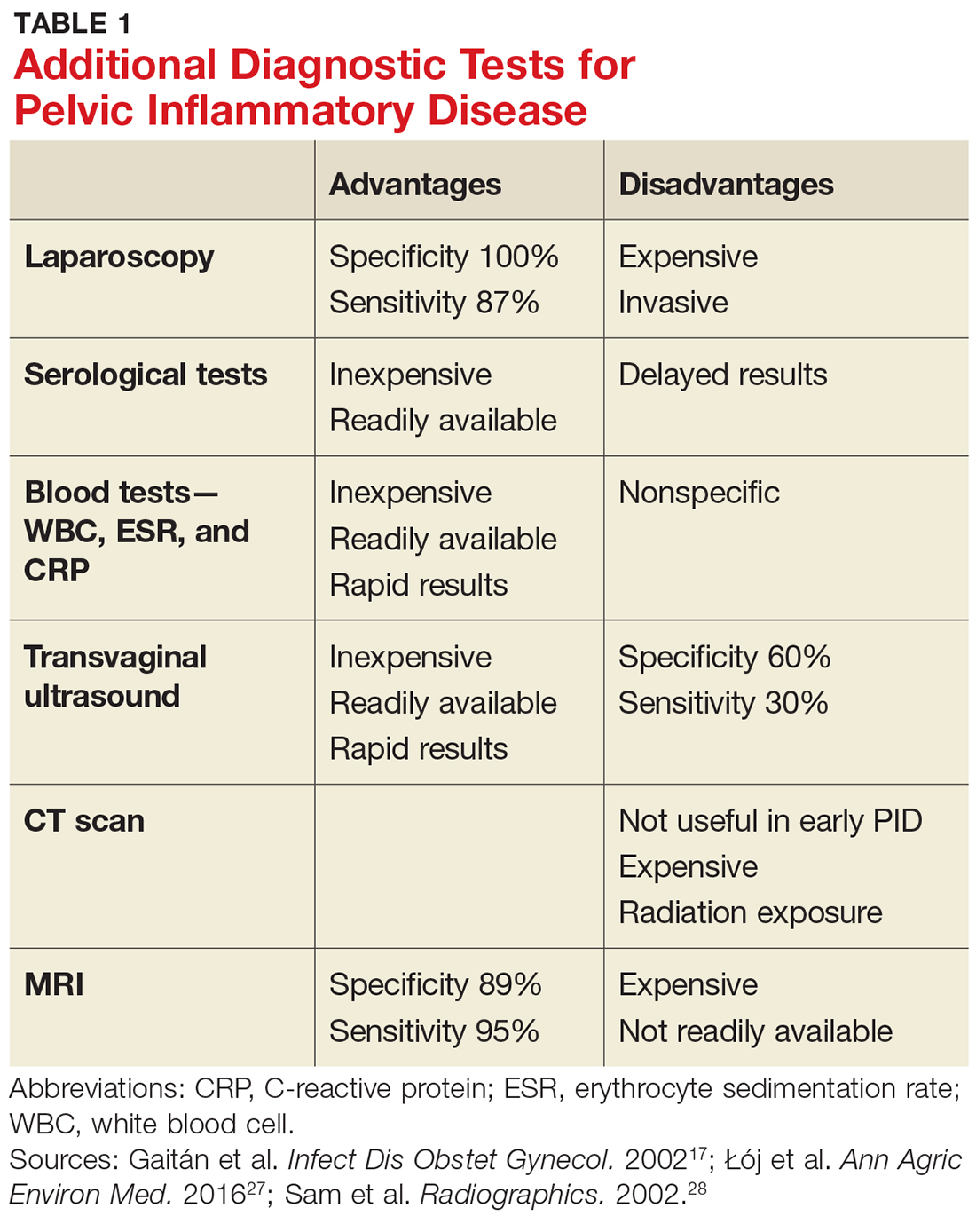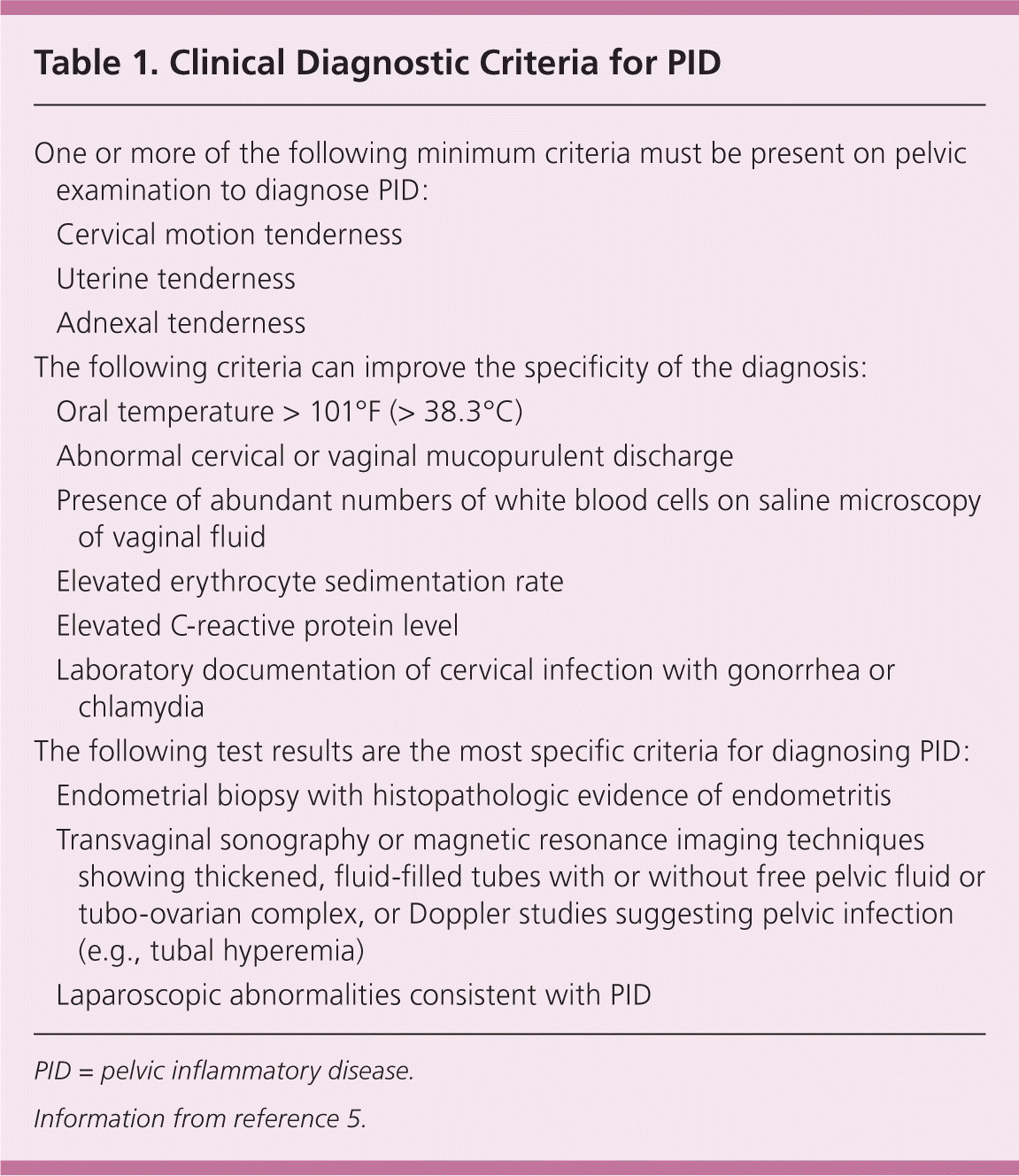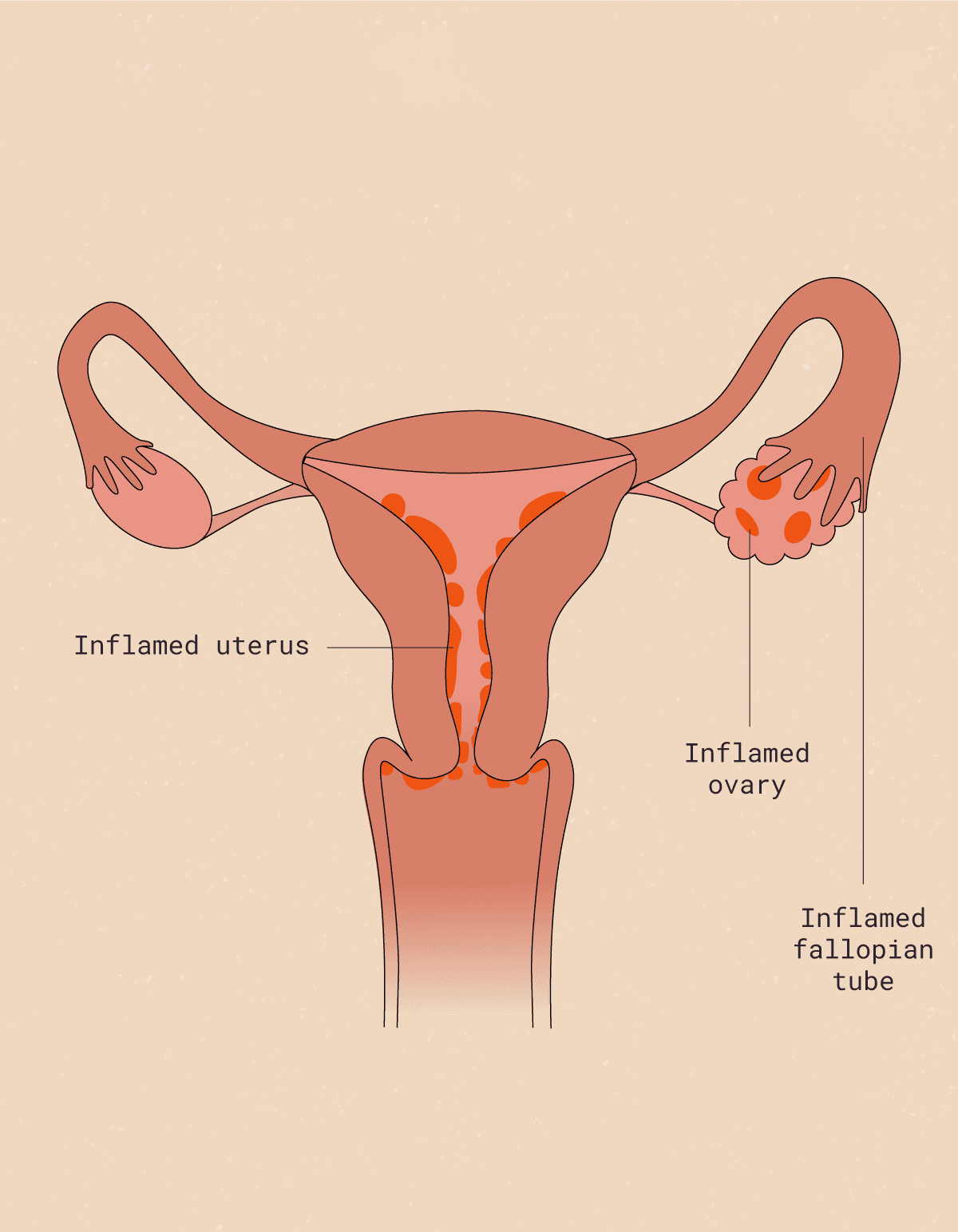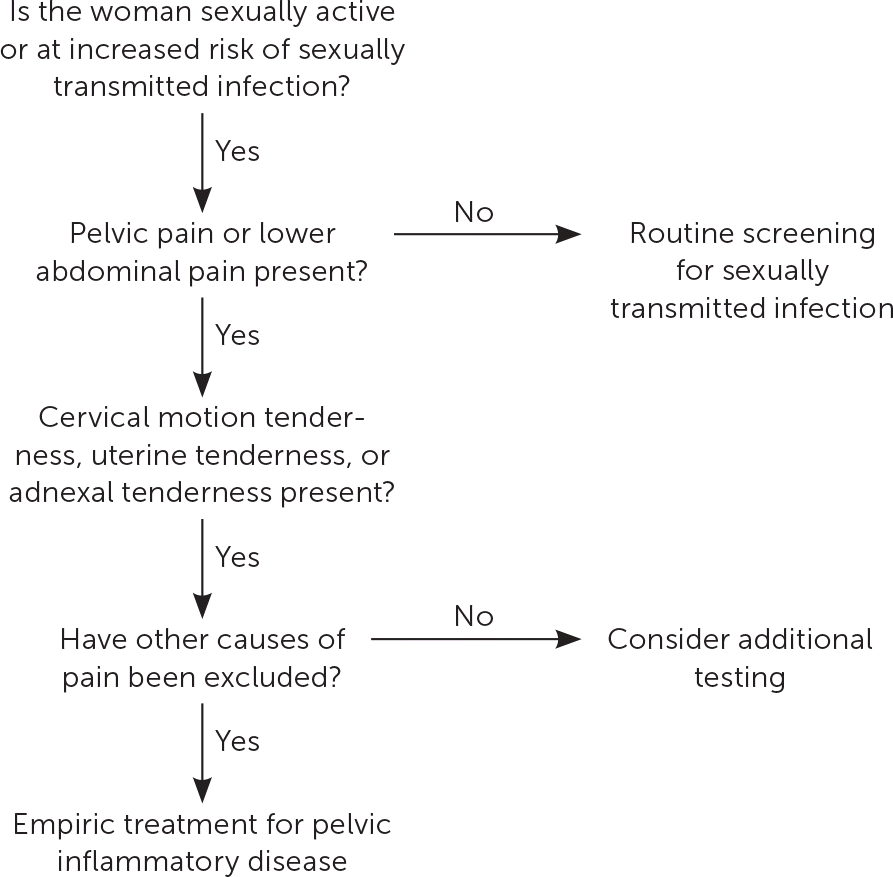Can’t-Miss Takeaways Of Info About How To Detect Pelvic Inflammatory Disease
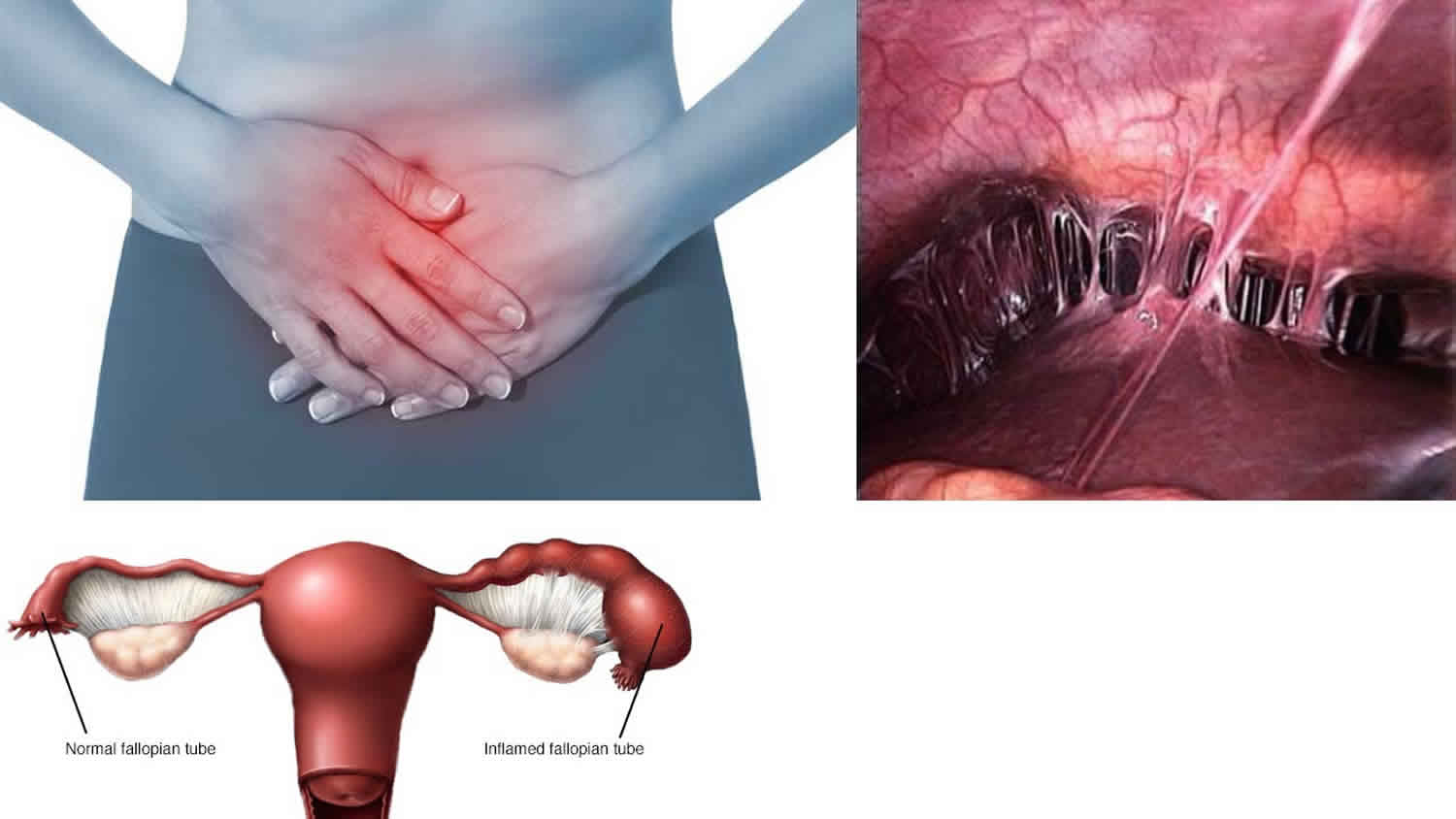
During a pelvic exam, the.
How to detect pelvic inflammatory disease. There is no one test that can accurately diagnose pelvic inflammatory disease. More specific criteria for diagnosing pid include endometrial biopsy with histopathologic evidence of endometritis; Look for signs of any fluid in the vagina or cervix that doesn’t look right ask about your symptoms and your medical and sexual history take your temperature you doctor may check fluid.
Pelvic inflammatory disease (pid) is a serious infection that affects a woman’s reproductive organs, including her uterus, ovaries, fallopian tubes, and cervix. Find out with ulta lab tests. This disease can be diagnosed through history to identify symptoms, and then clinically examined for signs of inflammation.
To learn if you have pid, your gynecologist or other health care professional will start by asking about your medical history, including your sexual habits, birth control method, and symptoms. How to check for pelvic inflammatory disease supplementary explanation: No single test exists to detect pelvic inflammatory disease.
Averted pelvic inflammatory disease, chronic pelvic pain, ectopic pregnancy, infertility, and neonatal. Transvaginal sonography or magnetic resonance imaging. Exam of vagina and cervix samples under a microscope blood tests pap test.
To diagnose it, a provider will perform a physical examination, and discuss medical and sexual history. Pelvic inflammatory disease (pid) signs & symptoms (& why they occur) can a pap smear detect pelvic inflammatory disease? During a pelvic exam, the.
No single test exists to detect pelvic inflammatory disease. Instead, your health care provider will rely on a combination of findings from: Pelvic inflammatory disease (pid) is an infection of a woman's reproductive organs.
/pelvic-inflammatory-disease-pid-3133135_final-1a3cd4c479be40e79b43e956808345cf.jpg)
/pelvic-inflammatory-disease-pid-3133135_final-1a3cd4c479be40e79b43e956808345cf.jpg)

